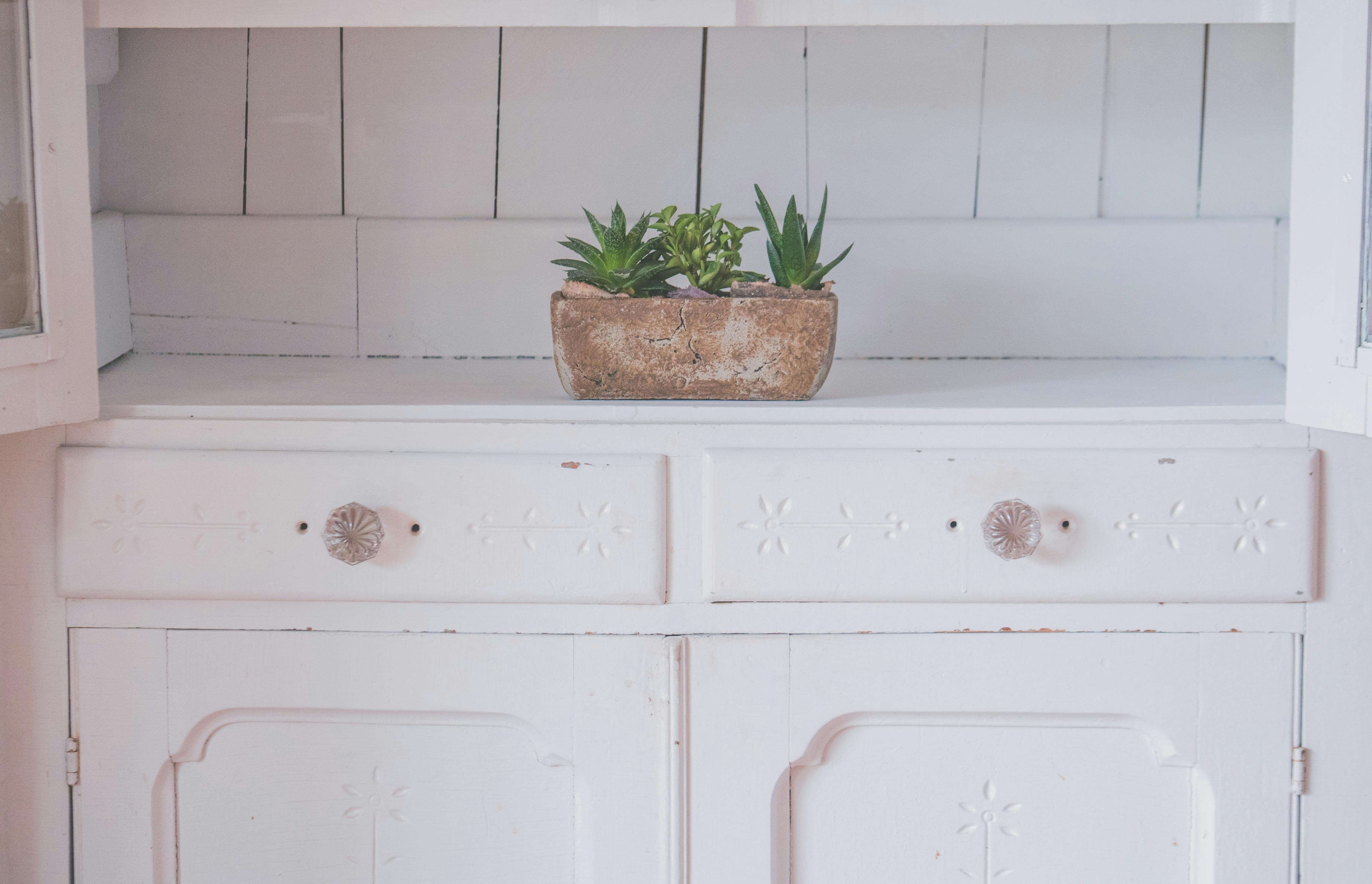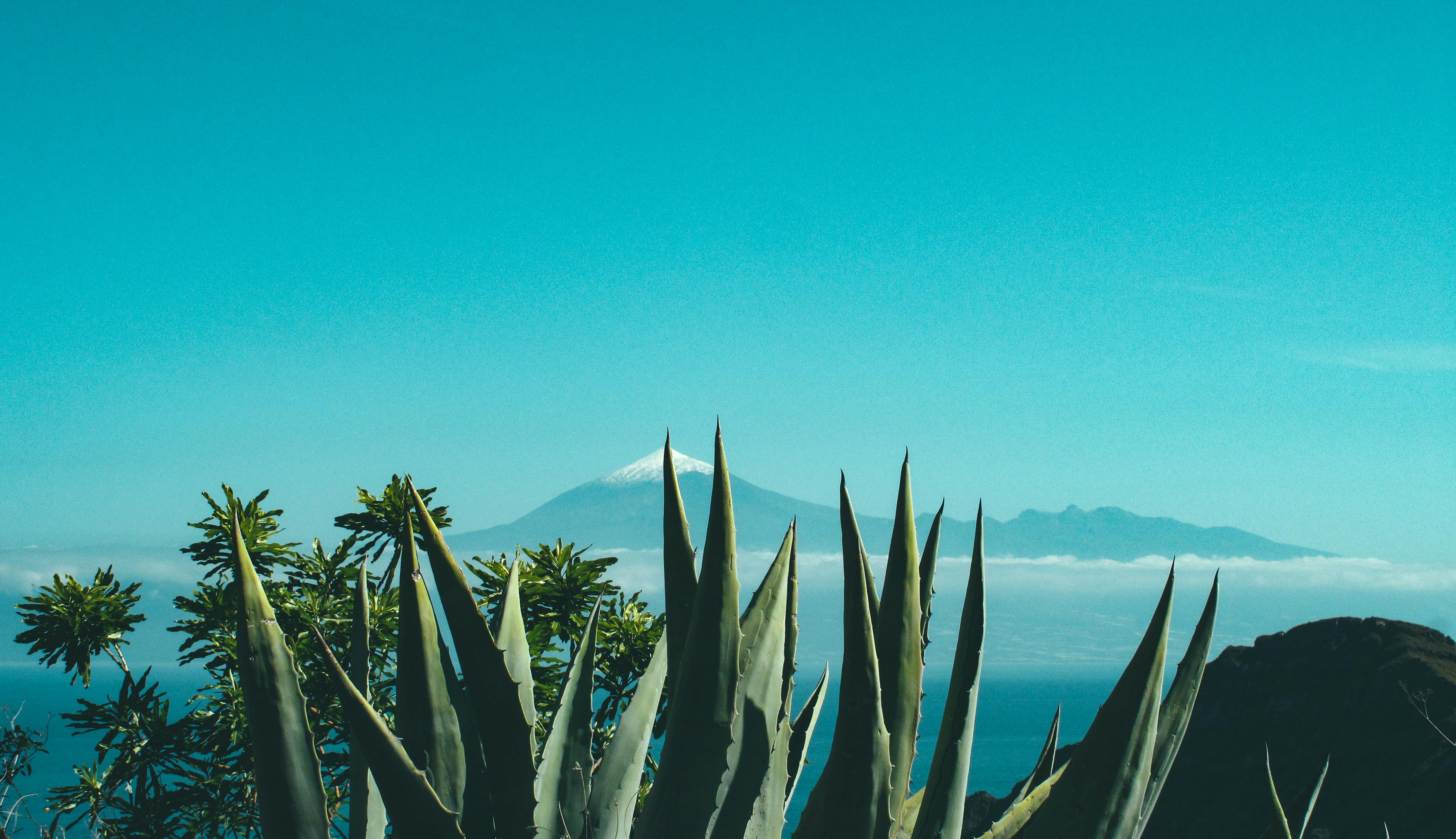If you have an aloe plant in your home, one of the most common questions you might have is why is my aloe plant squishy? This could be due to a number of different reasons, ranging from overwatering to disease or even insect infestation. In this article, we’ll explore the possible causes and provide tips on how to resolve them.A squishy aloe plant is usually caused by overwatering. Aloe plants are succulents, and therefore do not need to be watered as often as other plants. When they are over-watered, the leaves can become soft and mushy due to the increased moisture content in the soil. Other causes of a squishy aloe plant can be due to an infection or infestation with pests such as mealybugs or root rot.
Is a Squishy Aloe Plant Still Alive?
Aloe plants are popular houseplants, often used for their healing properties. It’s not uncommon for the leaves of these plants to feel soft and squishy, but this does not necessarily mean that they are unhealthy or dead. In fact, there are several reasons why an aloe plant may have a squishy texture.
The most common reason for squishiness is overwatering. Aloe plants prefer to be kept in well-draining soil that is allowed to dry out between waterings. When the soil is too wet for extended periods of time, the leaves become saturated with water and begin to feel soft and spongy. This is especially true in winter when temperatures drop and the plant is dormant, as it will need less water during this period.
Another reason why aloe plants may feel squishy is root rot. This occurs when the roots are exposed to too much moisture for prolonged periods of time, causing them to become damaged and unable to absorb nutrients from the soil effectively. If you suspect root rot, take a look at the roots of your aloe plant and check if they have changed color or texture; they should look healthy and white in color with no signs of browning or wilting.
Finally, an aloe plant can become squishy due to age or stress from environmental conditions such as temperature extremes or lack of sunlight. If you think this might be causing your plant’s issue, try moving it to a different location in your home with more consistent temperatures and light levels.
In conclusion, while a squishy aloe plant may seem alarming at first glance, it doesn’t necessarily mean it’s dead or unhealthy. With careful observation and some troubleshooting, you can usually get your beloved aloe back on track!
How to Revive a Squishy Aloe Plant
Aloe plants are popular succulents that require little maintenance and provide a variety of health benefits. Like any other plant, however, aloe plants can become stressed and suffer from dehydration. If your aloe plant is looking squishy and droopy, don’t worry—it can be revived! Here’s how to bring your aloe plant back to life.
The first step is to assess the damage. Check the roots of your aloe plant for any signs of rot. If there are no signs of rot, then you can move onto the next step. If you do notice any signs of rot, it’s best to remove the affected parts of the root and repot the plant in fresh soil.
Once you’ve checked for any signs of root rot, it’s time to water your aloe plant. Be sure not to overwater—aloe plants prefer dry soil and can easily succumb to root rot when over-watered. Give your plant a deep water about once a week during its growing season (spring and summer). In winter, reduce watering frequency as aloe plants become dormant during this time.
Finally, make sure that your aloe plant is getting enough light. Aloes prefer plenty of indirect sunlight throughout the day—direct sunlight can damage their delicate leaves. Place your aloe in a bright spot that receives several hours of indirect sunlight each day for optimal growth.
With proper care and attention, your squishy aloe plant will soon be revived! Keep an eye on it for any signs of stress or disease so you can address them quickly before they become too serious. With patience and dedication, you’ll have a healthy, happy aloe in no time!
Overwatering an Aloe Plant
Overwatering an aloe plant can be detrimental to its health, as the roots can become waterlogged and unable to absorb nutrients from the soil. This can cause the leaves of the plant to yellow and droop, as well as stunting its growth. In extreme cases, root rot can occur, which can kill the entire plant. To prevent this from happening, it is important to check the soil moisture level before watering and ensure that it is not too wet. If there is standing water in the pot or the soil feels soggy to touch, then it is likely that you have overwatered your aloe plant.
The best way to fix an overwatered aloe plant is to move it into a pot with fresh, dry potting mix and allow it to dry out completely before watering again. It may also be beneficial to prune off any yellowed or wilted leaves in order to encourage new growth. When you do water your aloe plant again, make sure that you only give it enough water so that the soil remains slightly damp rather than completely saturated.
Signs of an Overwatered Aloe Plant
Overwatering an aloe plant can cause serious damage to the plant. Signs of overwatering include wilting, discoloration of the leaves, and root rot. Wilting is the most obvious sign of overwatering. The leaves will turn yellow and droop down if they are not getting enough water. This is usually accompanied by a change in color of the leaves from a vibrant green to a dull yellow or even brown. The roots can also be damaged by overwatering due to lack of oxygen in the soil. Root rot can occur when too much water accumulates around the roots and prevents oxygen from reaching them. This can lead to stunted growth and eventually death if left unchecked.
Another sign of overwatering is the presence of mold or mildew on the leaves or roots. The presence of these fungi indicates that there is too much moisture present in the soil and this can be extremely harmful to your aloe plant. It’s important to take steps to reduce moisture levels as soon as you spot any signs that could indicate overwatering, such as wilting, discoloration, and mold or mildew growth.

How to Diagnose the Problem with an Aloe Plant
Diagnosing the problem with an aloe plant can be difficult, as there are many potential causes. Fortunately, there are a few steps that can be taken to identify and resolve the issue. First, observe the plant’s environment to check for signs of distress such as wilting or discoloration. If any changes have been made to the environment recently, such as a change in temperature or light exposure, these should be checked as well. Additionally, inspect the plant’s soil for signs of overwatering or dehydration.
Next, take a closer look at the leaves of the aloe plant to determine if any issues are present. For example, brown spots may indicate dehydration or sunburn while yellow leaves could signify overwatering or nutrient deficiencies. If there is a pest infestation present, this will also be visible on the leaves and should be dealt with accordingly.
Finally, it is important to check for signs of root rot which can occur if too much water is present in the soil. If root rot is suspected, gently remove some of the soil and inspect it for discolored roots or an offensive odor that indicates decay or rot. The pot should then be thoroughly drained and allowed to dry before being re-potted in fresh soil and watered sparingly going forward.
By taking these steps and carefully inspecting their aloe plant’s environment and leaves, gardeners should be able to identify any potential issues they may have with their plants and take action accordingly. Once diagnosed correctly, resolving problems with an aloe plant can become much easier as it allows gardeners to tailor their care appropriately.
Proper Care for an Aloe Plant to Avoid Squishiness
Caring for an aloe plant can be a challenging task, but with the right know-how, you can avoid common issues such as squishiness. Aloe plants thrive in bright, indirect sunlight and need well-draining soil to prevent waterlogging. They should be watered only when the top 1 inch of soil is dry and should be watered until it trickles out from the bottom of the pot. Overwatering can cause root rot and lead to squishiness, so it’s important to let the soil dry out completely between waterings.
Aloe plants also need regular fertilizing. A balanced liquid fertilizer should be applied monthly during the growing season. The fertilizer should be diluted to half strength before use in order to avoid over-fertilization which can burn your plant’s roots and cause squishiness.
In order to maintain healthy aloe plants and avoid squishiness, it is important to prune your plants regularly. Pruning will keep your aloe plants from becoming leggy and encourage new growth which will help them stay strong and healthy. Make sure to use sterilized pruning shears when trimming your aloes in order to prevent spread of disease or infection.
Finally, make sure that you are repotting your aloes every two or three years in order to ensure that they are not becoming root bound or pot bound. Using a potting mix specifically formulated for succulents will provide adequate drainage and air circulation which will help keep your aloes healthy and avoid squishiness.
The Benefits of Having an Aloe Plant in the Home
Having an aloe plant in your home can bring a multitude of benefits. It is believed to bring good luck, fortune, and protection from negative energies. Additionally, it is easy to take care of and can be used for a variety of medicinal purposes. In this article, we will discuss some of the advantages of having an aloe plant in your home.
One great benefit is that aloe plants are known for their healing properties. The gel inside the leaves has been utilized as a natural remedy for centuries and is beneficial for treating skin irritations, burns, and rashes. It can also be used to help heal wounds faster and reduce inflammation. Furthermore, applying the gel directly to the skin can help soothe sunburns and other minor skin issues.
Another advantage is that aloe plants are known for purifying air quality in the home. They are able to absorb formaldehyde and benzene which are two common pollutants found in many homes. This makes them ideal for those who suffer from asthma or allergies as they help reduce symptoms by improving air quality.
Aloe plants also look great in any home setting which adds a touch of greenery while brightening up any room. They come in many different varieties so you can easily find one that will fit your decor perfectly. Furthermore, they don’t require too much maintenance so you don’t have to worry about taking care of them too much.
Finally, it has been said that having an aloe plant in your home brings good luck and fortune. This could be attributed to its medicinal properties but regardless it makes a great addition to any household as it will bring some positive energy into the space.
In conclusion, having an aloe plant in your home brings numerous benefits such as improving air quality, offering medicinal benefits, looking great in any setting, and potentially bringing good luck and fortune into the space.


